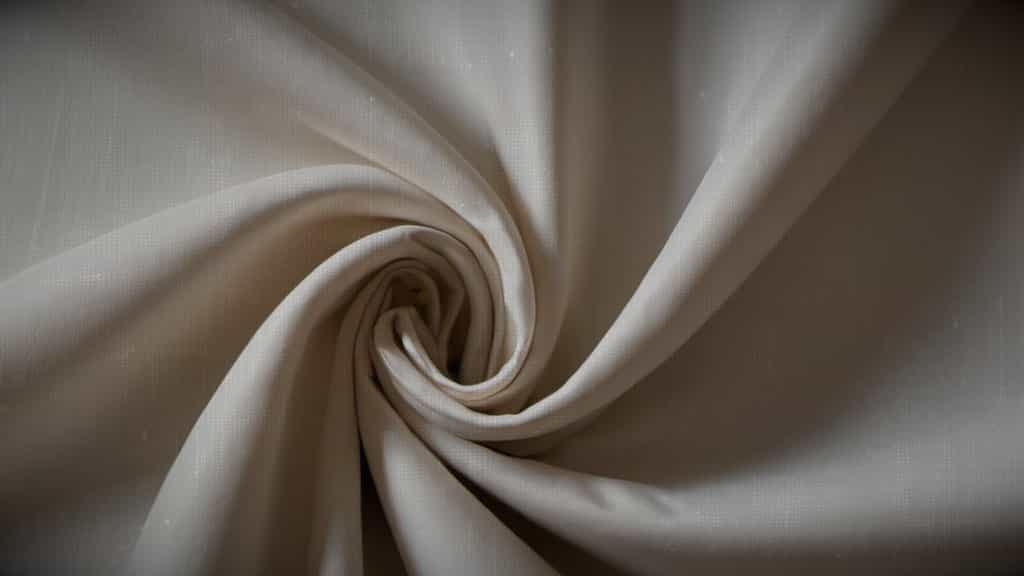Flat Rate Shipping to the Continental US

Oh, percale. That word, tossed around boudoirs and department stores with such careless abandon. One might think it conjures images of swans or perhaps a particularly delicate breed of orchid. But darling, percale is just a fabric. Though I’ll grant you, it’s rather a lovely one.
Percale itself isn’t defined by its raw materials, though it’s typically woven from cotton and often made with the good stuff – the long-staple kind, like Egyptian or Pima cotton. What sets percale apart is how tightly it’s woven, resulting in a crisp, cool feel against the skin. Imagine slipping between sheets that feel like they’ve been starched within an inch of their lives, but without the unholy crinkling. That’s percale, darling, a fabric that manages to be both crisp and smooth at the same time.
You’ll find percale with a thread count of 180 or higher, which, as you might already know, is the number of threads woven into each square inch of fabric. And while higher thread counts sometimes try to seduce you with promises of unparalleled softness, a mid-range count, say between 400 and 600, is your best bet for a fabric that’s both soft and built to last – not to mention easier on the purse strings.
Percale’s appeal isn’t limited to its crispness. It breathes beautifully, darling, making it ideal for those of us prone to midnight heat waves. And unlike some fabrics that fall apart after a single spin in the wash, percale is as durable as a dowager in a bargain basement. You can wash it, dry it, and even give it a quick press with the iron without fear of unleashing a textile tragedy.
So, there you have it. Percale: a crisp, cool, and delightfully durable fabric that makes for sheets worthy of even the most discerning sleeper. And if anyone tries to tell you it’s just cotton, well, darling, you’re well within your rights to arch an eyebrow and offer a knowing smirk.
